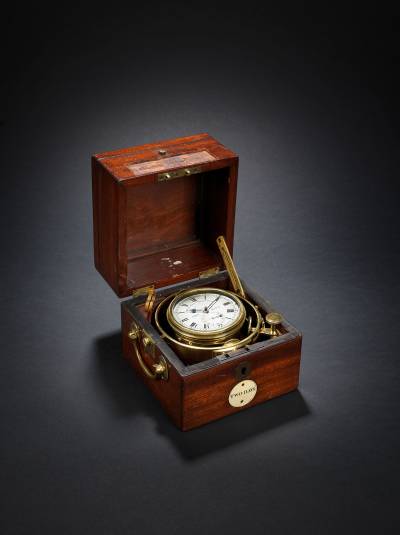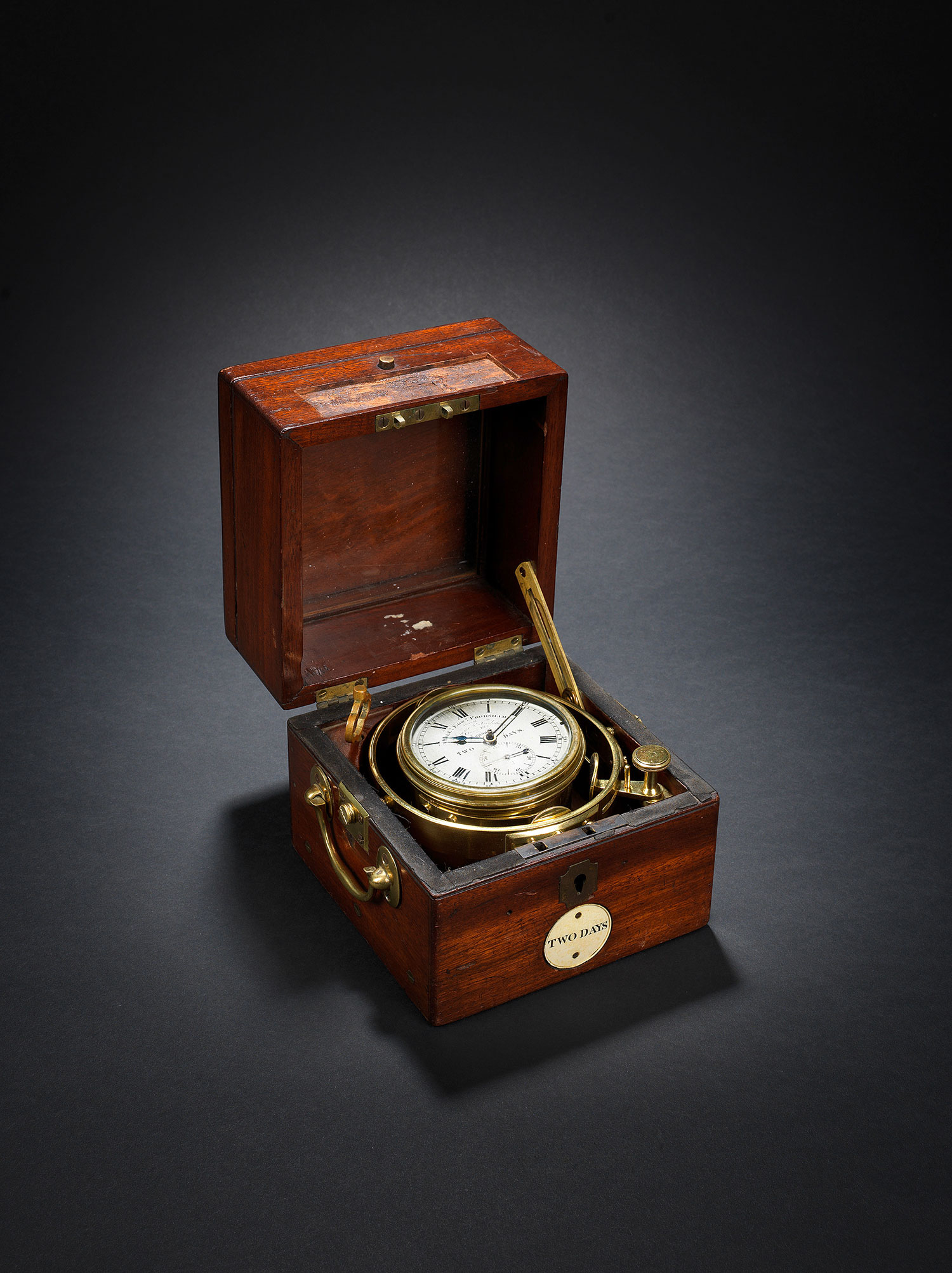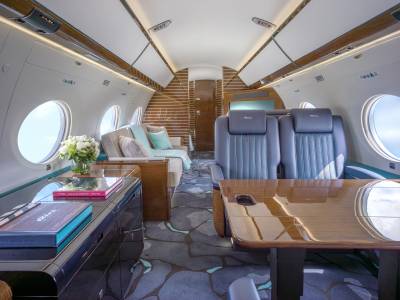If a ship succeeded in making it back to base in one piece, its chronometers invariably survived, too.
To facilitate the protection of such a vital piece of equipment, most were supplied in beautifully crafted wooden boxes, often with brass bindings and nearly always fitted with a gimbal device from which the instrument was suspended to ensure it remained in as level a position as possible at all times.
Yet while every vintage chronometer that has spent time at sea has a tale to tell, some are more significant than others. In 2014, Bonhams sold a 19th-century example by the respected London maker William Frodsham, which had travelled on HMS Beagle from 1831-1836 when Charles Darwin was conducting studies that led to his famous work On the Origin of Species. Estimated to fetch £30,000- £50,000, it finally sold for £74,500.
Less than six months later, a Robert Molyneux chronometer that had been used on the Beagle’s second and third voyages also exceeded its estimate, selling for £100,900.
Such prices represent the exception rather than the rule, as the majority of good quality chronometers at auction carry pre-sale estimates of less than £10,000 with most being in the £2,000-5,000 range.
“Interest in ship’s chronometers has grown during the past 20 years, partly due to Dava Sobel’s book Longitude and the subsequent film, but values only seem to rise very gradually,” says Nigel Rafferty, owner of Rafferty Fine Antique Clocks, one of the UK’s longest established specialists.
“They are, however, wonderful things in terms of their decorative value, the history behind them and the fact that, by their very nature, they keep almost perfect time.” Raffety says prices depend largely on the maker and the amount of time a chronograph will run for before needing re-winding.
“Two-day chronometers are usually the most affordable with good quality examples retailing for £5,000-£7,000 , while eight-day examples sell for £10,000-£15,000. We tend to sell to two different types of people — the ones who buy after researching the voyages and history of certain chronometers, and the ones who buy simply because they find them attractive.”
He warns, however, against the temptation to snap up those at apparently bargain prices that aren’t working: “While they were made to withstand life at sea, a chronometer movement that is a century old or more can be very delicate.
Nowadays, there are very few specialists who can repair them and it is usually an expensive business, so it’s often worth spending a bit extra to buy an example in perfect working order rather than one that needs restoring.”
However, adds Rafferty: “Buy right and you’ll end up with something that’s not only a practical timekeeper, but which looks great on a desk or in a study and will always provide a talking point. Even people with no interest in clocks tend to be fascinated by them.”







